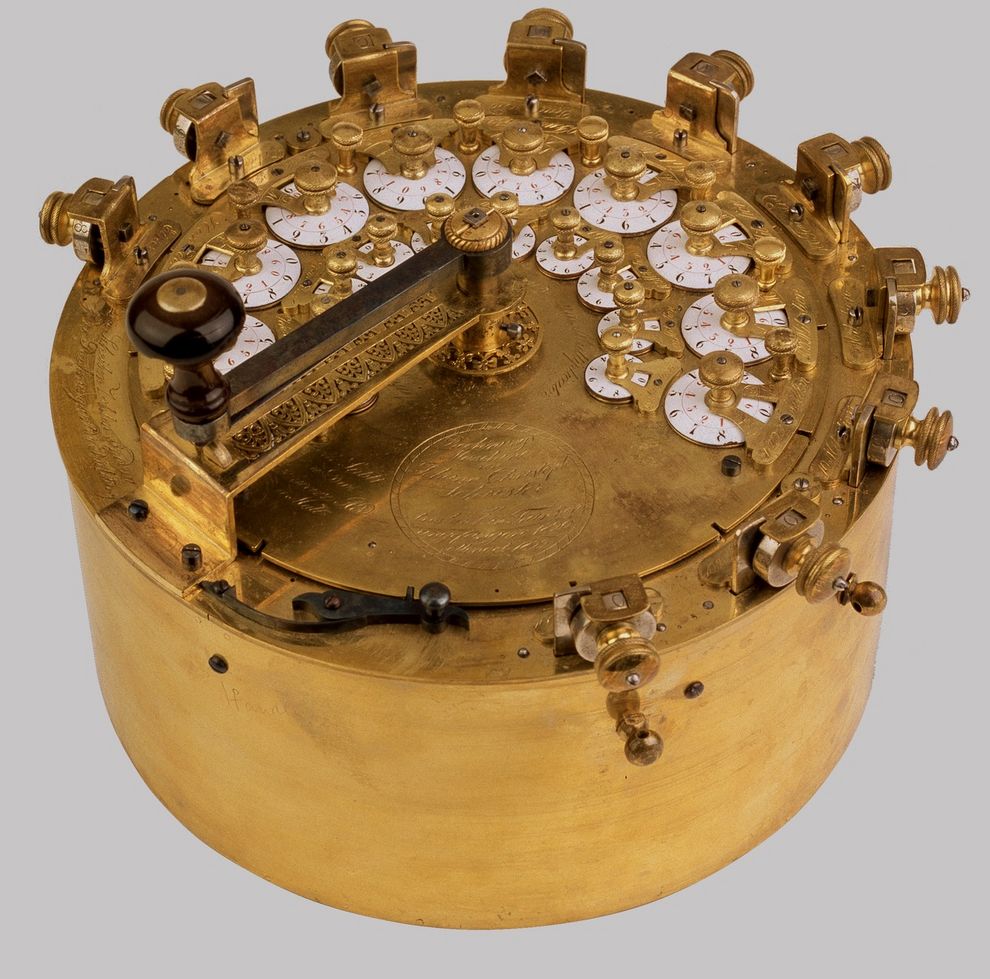Collections – Calculating in olden times
The collection of historical calculating machines in the Arithmeum is unique – not only in size and scope, but also in the choice of its exhibits. Numerous calculating machines were built only once, and the way they work can be tested by the visitors on functional models. The history of calculating machines began in the early 17th century simultaneously in several different countries – before this time one had used simple reckoning aids for several centuries. In 1623 Wilhelm Schickard, professor of mathematics and astronomy in Tübingen, built the first calculating machine for Johannes Kepler. Only nineteen years later, the Frenchman Blaise Pascal built a fascinating calculating machine called the Pascaline. At the same time, Morland in England had caused a sensation with his reckoning aids.
The first calculating machine which was able to do all four operations of arithmetic was invented by Leibniz in 1694 and finally completed in 1716. In 1709 Giovanni Poleni, professor of mathematics in Padua, built his own wooden calculating machine. In 1727 Anton Braun built his gilded cylindrical calculating machine, for which he was awarded the position of court mechanic by Charles VI.
The first fully functional calculating machine did not appear until the second half of the 18th century and was built by the clergyman Philipp Matthäus Hahn. A showpiece of the collection is the calculating machine built in 1820/22 by his scholar Johann Christoph Schuster. It stands next to Hahn’s machine.
During the 19th century many different calculating machines were invented and marketed with varying degrees of success. From the Arithmaurel via the machines of Baldwin, Büttner, Thomas, Odhner and many others – the visitor obtains a nearly complete view of the historical development of mechanical calculating.
In order to facilitate the study of the entire Arithmeum Collection, of which many of the highlights are exhibited, the Arithmeum is in the process of placing all its items online. As shown below, they will be sorted by centuries. These websites are now under construction and will become accessible one by one upon completion.








